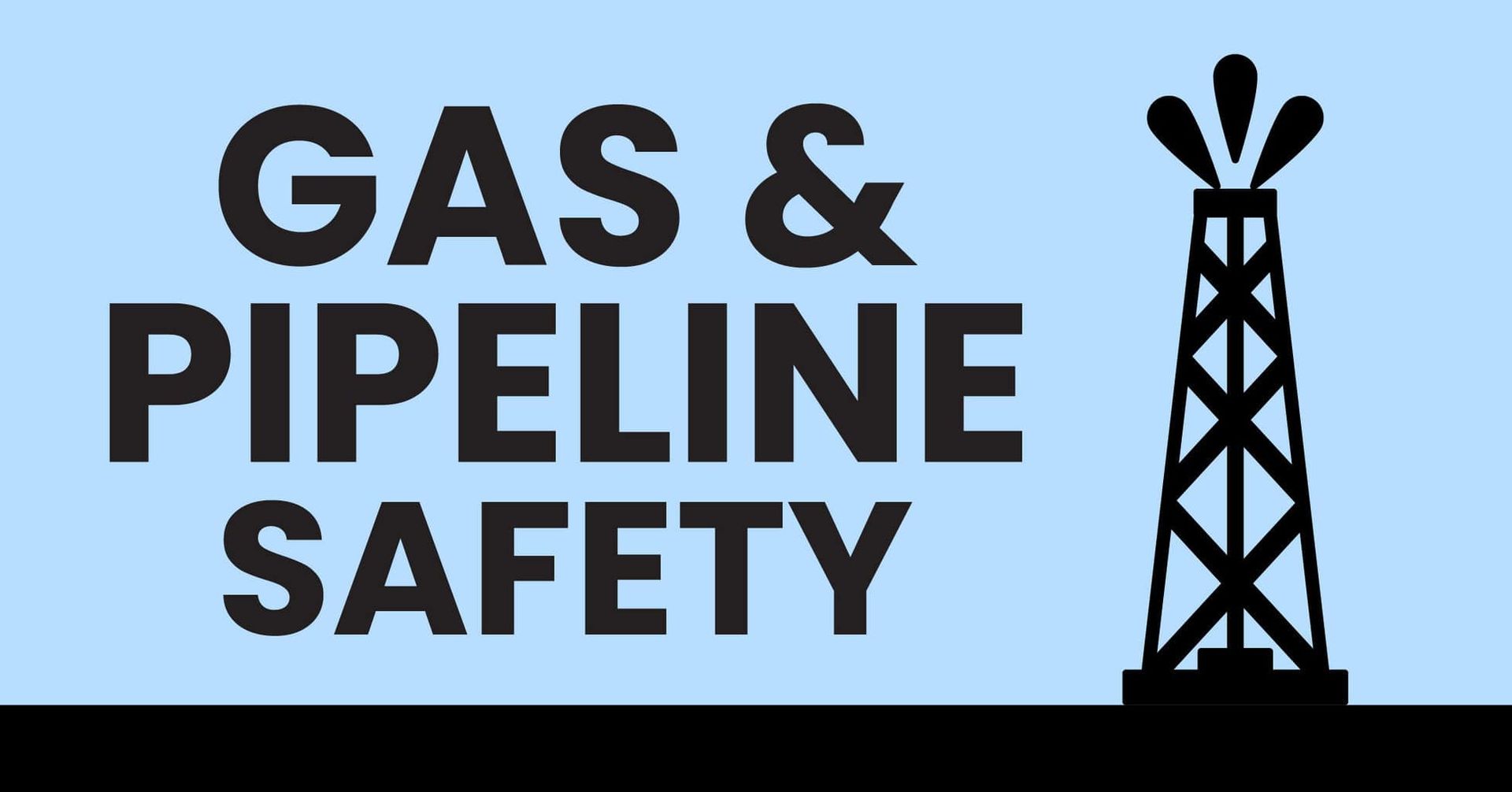Gas & Pipeline Safety

Gas & Pipeline Safety: A Lifeline We Cannot Afford to Compromise
In our modern world, access to natural gas is an essential part of daily life, powering our homes, industries, and transportation. However, the benefits of this abundant resource come with significant responsibilities. Ensuring the safe transportation and use of natural gas is paramount to protect both human lives and our environment. In this blog, we will delve into the importance of safety protocols in the gas and pipeline sector, covering topics such as leak detection, emergency response plans, and measures to prevent gas-related incidents.
Why Gas and Pipeline Safety Matters
Safety is not a mere option but an absolute necessity when dealing with natural gas and pipelines. The consequences of safety lapses can be catastrophic, leading to loss of life, property damage, and environmental harm. Here’s why safety in this sector is non-negotiable:
Human Lives Are at Stake
Primarily, safety protocols are vital because they protect human lives. Gas-related incidents, such as leaks or explosions, can have devastating consequences. According to the U.S. Pipeline and Hazardous Materials Safety Administration (PHMSA), between 2010 and 2020, there were 3,699 significant gas pipeline incidents, resulting in 115 fatalities and 498 injuries *. Each of these numbers represents a human tragedy that could have been prevented with better safety measures.
Environmental Impact
Gas leaks pose a risk to human safety and the environment. Methane, the primary component of natural gas, is a potent greenhouse gas, contributing to climate change when released into the atmosphere. Proper safety measures can minimize methane emissions and reduce their impact on our planet.
Economic Consequences
Gas-related incidents can result in significant economic losses. Property damage, cleanup costs, and legal liabilities can all take a toll on the affected communities and the companies responsible. Robust safety protocols help prevent such incidents and protect the bottom line.
Key Aspects of Gas and Pipeline Safety
To ensure the safety of gas and pipeline operations, several critical aspects must be considered and rigorously implemented.
Leak Detection
Advanced Technology
Modern gas pipelines are equipped with advanced leak detection systems. These systems use various technologies, including infrared cameras and acoustic sensors, to identify even the smallest leaks quickly.
Continuous Monitoring
Continuous monitoring of pipelines is essential. This allows for real-time detection and immediate response to any irregularities. The faster a leak is detected, the quicker it can be resolved, minimizing potential damage.
Emergency Response Plans
Comprehensive Plans
Gas and pipeline companies must have comprehensive emergency response plans in place. These plans should cover various scenarios, from minor leaks to major incidents, outlining steps to be taken, responsibilities, and coordination with local authorities. When was the last time your emergency response plan was reviewed? Work with a YellowBird Pro today to ensure your plan is up to date with the latest regulations.
Regular Drills and Training
Regular emergency drills and training exercises are crucial to ensure that response teams are well-prepared. Simulating different scenarios helps identify weaknesses in the response plan and allows for continuous improvement.
Preventive Measures
Routine Maintenance
Preventive maintenance of pipelines is key to reducing the risk of incidents. Regular inspections and maintenance work can identify potential issues before they become critical.
Public Awareness
Educating the public about gas safety is essential. This includes awareness campaigns about the dangers of gas leaks and how to respond in case of an emergency. Being a thought leader in the industry can improve both the internal and external view of your company.
Regulatory Oversight
Government agencies and industry regulators play a vital role in ensuring that gas and pipeline safety standards are met. Strict regulations and regular inspections are necessary to hold companies accountable for maintaining safe operations.
Overall, it may be said that gas and pipeline safety protocols are not merely guidelines; they are lifelines, safeguarding human lives, protecting the environment, and preserving economic stability. In a world where the demand for natural gas continues to rise, it is imperative that we prioritize safety at every stage of its transportation and use.
To contribute to gas and pipeline safety, it is essential that all stakeholders, including companies, regulators, and the public, work together to implement and adhere to stringent safety protocols. By doing so, we can ensure a safer and more sustainable future for all.
Recent Data and Research
The importance of gas and pipeline safety is reinforced by recent data and research in the field:
1. According to the National Transportation Safety Board (NTSB), in recent years, pipeline safety has improved, but challenges remain, particularly in addressing aging infrastructure.
2. A study published in the journal “Environmental Science & Technology” found that methane emissions from the U.S. oil and natural gas supply chain are higher than previously estimated, highlighting the need for more robust leak detection and repair efforts.
Join YellowBird today to continue to prioritize safety. See how we can act today by familiarizing yourself with gas safety measures, supporting strong regulations, and promoting awareness in your community. Together, we can make your gas and pipeline infrastructure safer for everyone.


